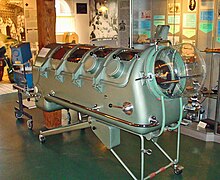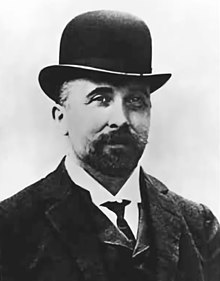 |
| Malala Yousafzai at Girl Summit 2014 in London on July 22, 2014. Credit: Russell Watkins/DFID via Flickr (CC BY 2.0). |
(CNA/EWTN News).- Malala Yousafzai has received the 2014 Nobel Peace Prize at the age of 17 – making her the youngest ever recipient of the prestigious award and prompting local Archbishop Joseph Coutts to laud the “great honor” she's bestowed on the country.
The Pakistani teenager gained global attention when she was shot in the head by Taliban activists in 2012, at the age of 14, as a punishment for her public campaign for the rights of girls to be educated.
She received treatment for her injuries in the United Kingdom, where she continues to reside with her family. Yousafzai has continued to campaign for global access to education.
“This award is for all those children who are voiceless, whose voices need to be heard,” Yousafzai told the press on Oct. 10 following her reception of the reward. “They have the right to receive quality education. They have the right not to suffer from child labor, not to suffer from child trafficking. They have the right to live a happy life.”
“Through my story, I want to tell other children all around the world that they should stand up for their rights, that they should not wait for someone else, and their voices are more powerful.”
She also said she was “honored” to share the reward with Kailash Satyarthi, an Indian activist known know for his work in promoting children's rights.
The announcement of Yousafzai's reception of the award also came as “wonderful surprise” to Archbishop Coutts, who serves as shepherd of Karachi, Pakistan.
“The fact that a young girl like this,” he told CNA, “a teenager, has won the prize, such a prestigious international award, is a source of great pride for us, and for the country as a whole. A great honor.”
Because the international community often associates Pakistan with terrorism, he said, this award “just shows that there's the other side to a country as well, that there are people like this little girl Malala who stand up to a lot of negative things that are happening.”
“It is really something wonderful that has happened,” he said.
Speaking about the significance of Yousafzai sharing the Nobel Peace Prize with Satyarthi, he said: “I think the connection there is: here is this child in Pakistan . . . who stands up so bravely for the education of women which was being threatened by a certain extremist group called the Taliban. Then the other side of the country is a senior person, a man who has been also working to save children.”
Child labor and abuse are issues common to both India and Pakistan, he said.
“Both of (the recipients), in their own way, have been working to protect children and to work for the development of children,” he said.
Established in 1901, the Nobel Prize is an international award given by the Nobel Foundation in Stockholm Sweden.
It is awarded yearly for achievements in peace, as well as in physics, chemistry, physiology or medicine, and literature.












